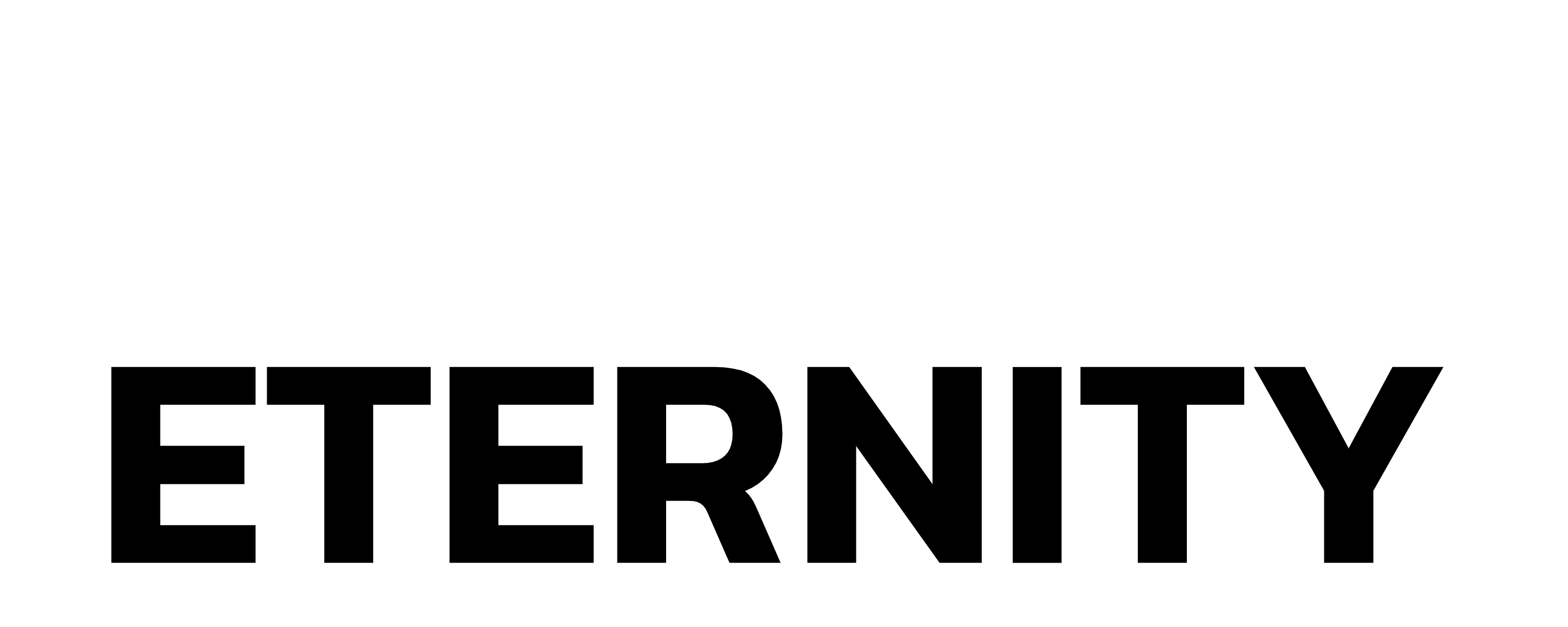a. The generations. Reading through this chapter it can seem a little repetitive but there is a reason behind that. In verse 9 we are told that these are the generations of Esau. This is a list of the families that came from Esau. And so, you have a list of Esau’s sons and grandsons in verses 9 through 14. There are two interesting things to point out in this list. First, none of the wives of Esau’s sons are mentioned except for Timna the concubine of Eliphaz who gave birth to Amalek. Someone gave birth to the other five sons, but she is not mentioned. Also notice that there are no grandsons mentioned from Oholibamah. We just find the names of her three sons. Either these three men did not have any sons or they were not worth mentioning. b. The chiefs. Beginning in verse 15 we have a list of the chiefs of the sons of Esau. We started with the families and now we have moved to chiefs which shows us the development of a hierarchical structure. The word chief implies a tribal leader, a position of either political or military importance. As you look at the tribal leaders you’ll notice that the list is basically the same as the list of sons and grandsons. The grandsons are all tribal leaders including Amalek who we just mentioned was from the concubine. Also notice that there are six sons of Eliphaz but seven tribal chiefs. The extra chief is Korah. We are told nothing about who he is except that he is numbered with the family of Eliphaz the son of Adah. There is one other difference between Eliphaz’s sons and the chiefs: the order of Kenaz and Gatam. Why is Kenaz mentioned as chief before Gatam with Korah between them? It is possible that Moses lists the chiefs in order of their status in Edom rather than the birth order.
